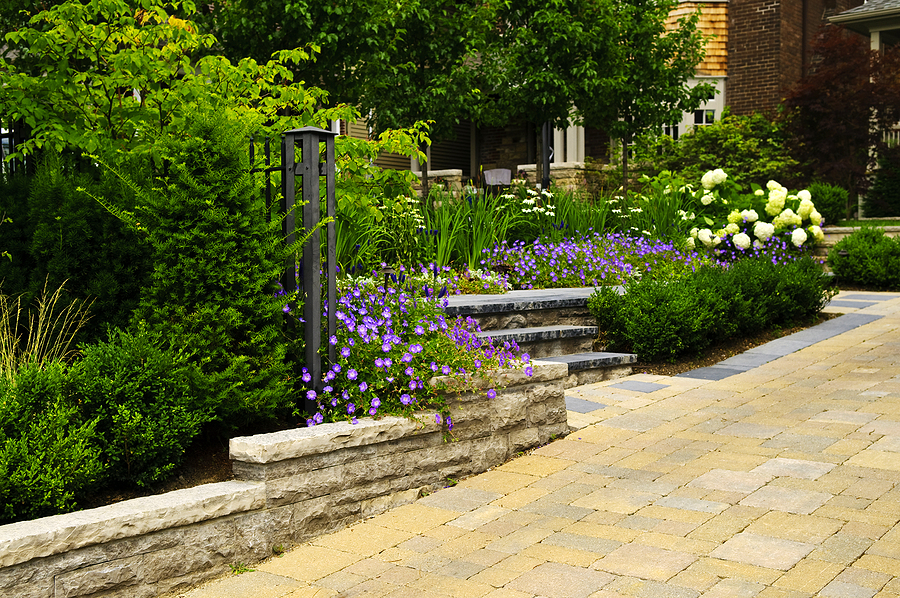Whether you’re improving your existing landscaping or starting from scratch, there are some principles of residential landscaping design you may wish to follow. These basic guidelines have proven to be helpful in creating landscaping that’s both functional and visually pleasing. Many professional landscaping companies follow some form of residential landscaping design principles. This is one reason why professional landscaping looks so nice. If you’re undertaking your own outdoor project, refer to these suggestions for inspiration and guidance.
The landscape design principles are the backbone of any landscape design. These principles are a set of guidelines that help you create a space that is both attractive and functional.
Landscape design principles are based on the three main components of a landscape: form, texture, and color. Form is the shape or structure of your landscape, texture is how it feels to walk on it with bare feet, and color is what it looks like with its natural elements.
When you’re designing your own home’s landscaping, there are four key principles to keep in mind: balance, contrast, repetition, and harmony.
Contents
1. Simplicity
When it comes to residential landscaping design, there is such a thing as too much of a good thing. Designs or features that are overly complex often don’t work as well as those that are simpler. Simplicity ensures that your outdoor design looks clean and uncluttered. It also tends to be the best way to improved functionality.
2. Color
It’s important to make sure that the elements of your design capture a certain unison. In order for this to be achieved, elements should complement one another. The color palette, for instance. When designing your landscaping, think about the colors that the living elements will produce when in bloom. Imagine the colors as they’ll look together. You can even map them out with a virtual program or on paper with color swatches of paint or colored pencils. Make sure that you like the combinations of colors that will be present.
If you want to be detailed, you may have to take into account blooming schedules. Consider when your plants bloom. There may be something of a staggered schedule to the colors that appear in your landscaping. You may decide to go for a monochromatic look in some areas if this matters to you. On the other hand, some people enjoy an eclectic, wild look with lots of colorful variety. Whatever your approach, color is an essential design element that has a significant impact on the overall look and tone of your finished design.
3. Shape
In the same way that unity applies to color, it also applies to shape. There are many shapes present in residential landscaping design. For example, three-dimensional structural elements, like rock walls or fountains. There are also flat elements, such as walkways, patios, and the outlines of garden beds. Within garden beds, there may also be smaller bed constructions that form a shape within a shape.
Any time you have design elements, it’s important to consider their shapes as you make your plan. Keep in mind that simplicity is usually a safe bet. Also, curved lines look more natural, while straight lines tend to have a formal appearance.
Residential Landscaping Design
There’s always more to learn about landscaping, but we have the experience to offer innovative designs for your property. If you need residential landscaping design services, contact us at Meadowbrook Design by calling (925) 200-3661, or via email at [email protected]. We look forward to speaking with you!

